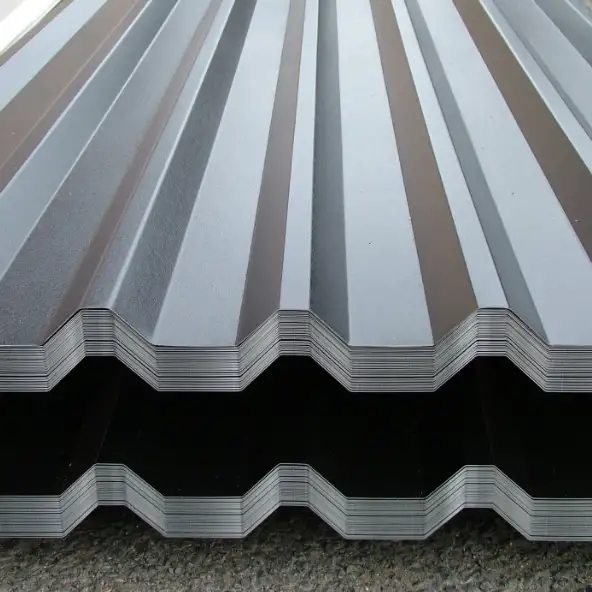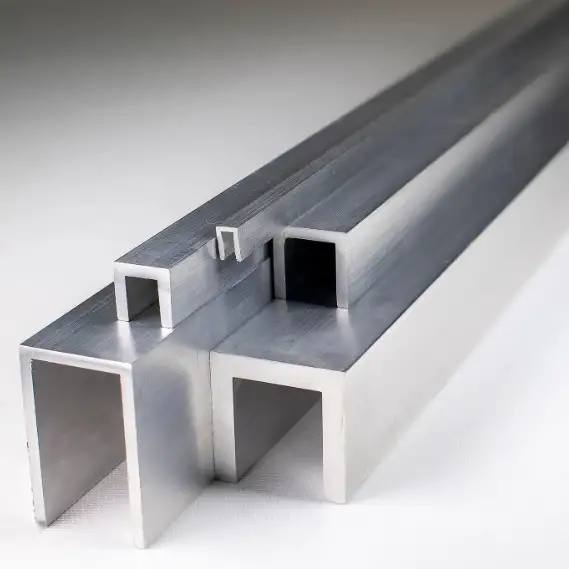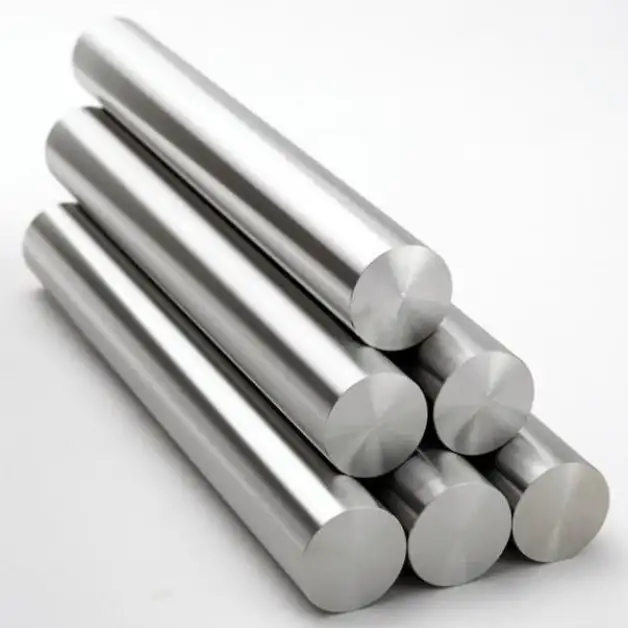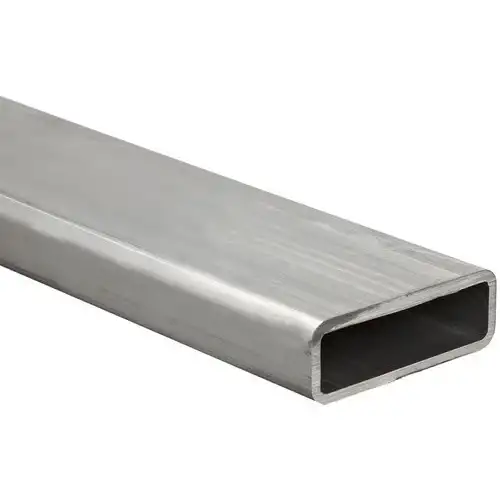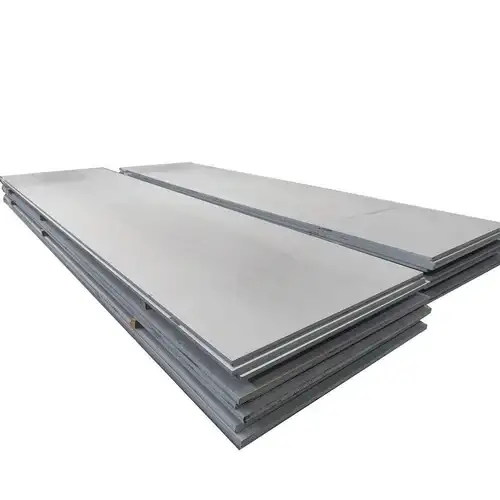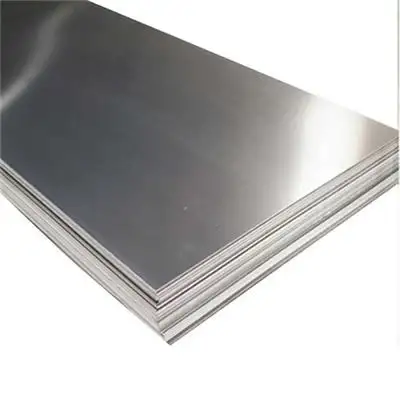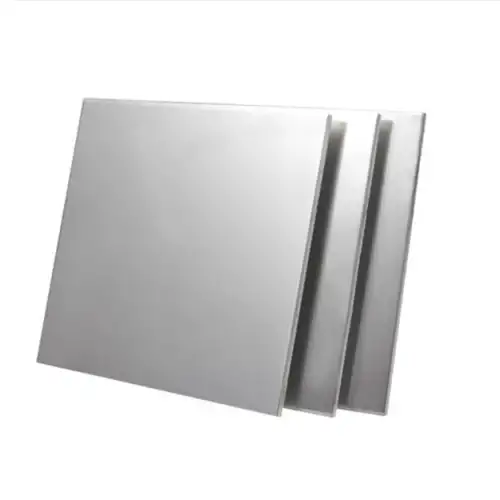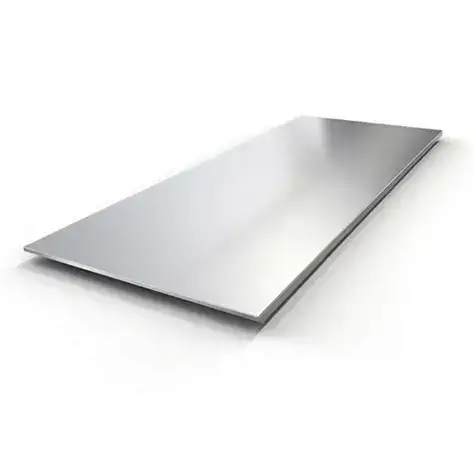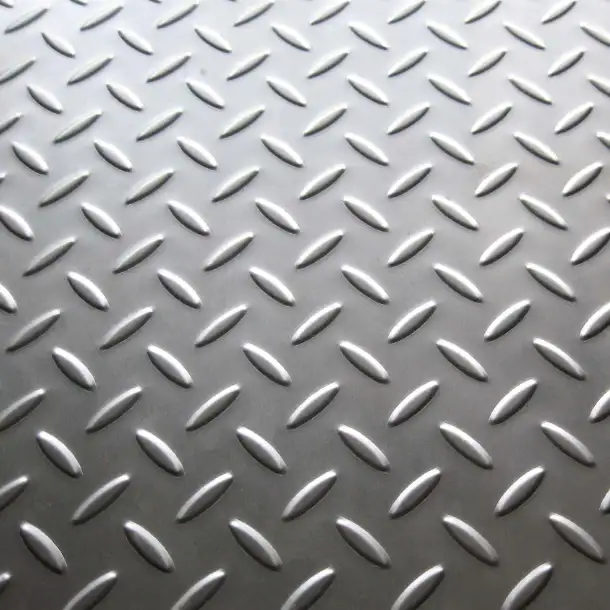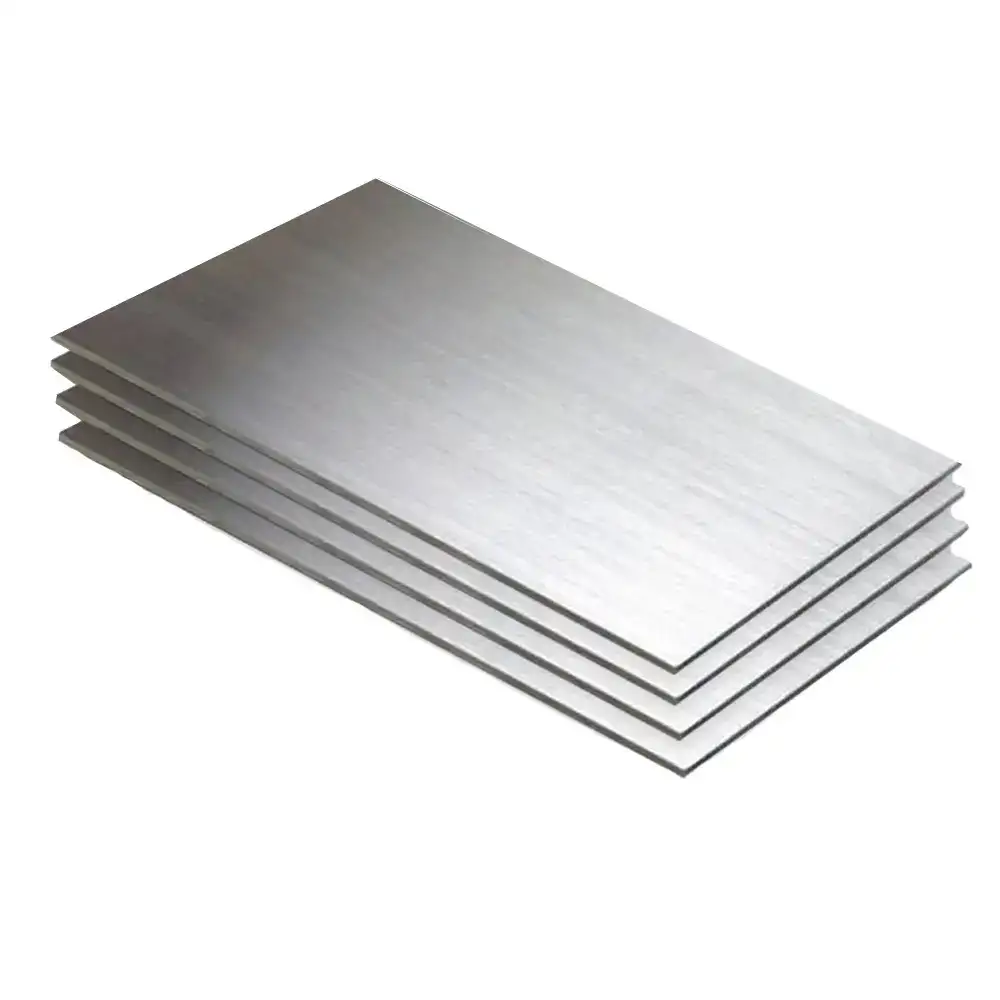
CATEGORIES
FEATURED PRODUCTS
Aluminium Roofing Sheet
We offer this product and related grades with 100% factory direct pricing and free quotes available within 24 hours.
APPLICATION SCENARIOS

OUR ADVANTAGE

Certificate of Honor

PARTNER

Our Factory

Aluminium roofing sheets are metal sheets made from an aluminium alloy, designed for use in the roofing of residential, commercial, and industrial buildings. The primary reason they are used is due to their combination of durability, lightweight properties, corrosion resistance, and ease of installation. Aluminium’s resistance to rust makes it particularly ideal for areas with high humidity or coastal regions where other metals may corrode over time.
In addition to being strong and lightweight, aluminium roofing sheets are also energy-efficient. They reflect sunlight, reducing heat absorption and therefore contributing to better temperature regulation inside buildings.
1. Aluminium Roofing Sheet Grades and Alloys
Aluminium roofing sheets come in various grades and alloys, each offering different properties suited for specific applications. The two most commonly used aluminium grades for roofing are:
-
3003 Aluminium Alloy: Known for its excellent corrosion resistance and medium strength, this alloy is commonly used in roofing systems. It contains 1.2% manganese, which adds to its ability to resist atmospheric corrosion, making it a popular choice for commercial buildings.
-
1100 Aluminium Alloy: This is a low-strength alloy but is highly resistant to corrosion. It is often used for aesthetic purposes, providing a smooth and shiny surface on roofing sheets. It is also more malleable, which makes it ideal for intricate designs.
-
5005 Aluminium Alloy: This alloy offers better strength compared to 3003 and 1100 alloys and has superior weldability. It is also highly resistant to corrosion, making it a good choice for industrial and marine environments.
Table: Comparison of Common Aluminium Alloys for Roofing Sheets
| Alloy Grade | Strength | Corrosion Resistance | Applications |
|---|---|---|---|
| 3003 | Medium | Excellent | Commercial buildings, roofing sheets |
| 1100 | Low | Excellent | Aesthetic applications, decorative roofing |
| 5005 | High | Superior | Industrial buildings, marine applications |
2. Chemical Composition of Aluminium Roofing Sheets
The chemical composition of aluminium alloys used for roofing sheets determines their mechanical properties and performance. Here’s a general breakdown of the chemical elements found in typical aluminium roofing sheet alloys:
-
3003 Alloy Composition:
-
Aluminium (Al): 97.5%
-
Manganese (Mn): 1.0-1.5%
-
Iron (Fe): 0.7% max
-
Copper (Cu): 0.05% max
-
Silicon (Si): 0.6% max
-
-
1100 Alloy Composition:
-
Aluminium (Al): 99%
-
Iron (Fe): 0.1% max
-
Copper (Cu): 0.05% max
-
Manganese (Mn): 0.05% max
-
-
5005 Alloy Composition:
-
Aluminium (Al): 97%
-
Magnesium (Mg): 4.5-5.5%
-
Silicon (Si): 0.3% max
-
Iron (Fe): 0.7% max
-
These alloys are designed to provide optimal corrosion resistance, strength, and flexibility, depending on the environmental conditions and the intended use.
3. Strength and Performance Characteristics
The strength and performance of aluminium roofing sheets are determined by the alloy type and thickness of the sheets. Aluminium is lightweight yet strong enough to withstand harsh weather conditions, including wind, rain, and snow. It also has high tensile strength, which makes it less likely to crack or warp.
Typical Mechanical Properties:
-
Tensile Strength: 1100 alloy – 90 MPa, 3003 alloy – 150 MPa, 5005 alloy – 200 MPa.
-
Yield Strength: 1100 alloy – 35 MPa, 3003 alloy – 100 MPa, 5005 alloy – 150 MPa.
-
Hardness: 1100 alloy – 35 HB, 3003 alloy – 45 HB, 5005 alloy – 55 HB.
4. Global Standards for Aluminium Roofing Sheets
Aluminium roofing sheets must conform to global industry standards to ensure they perform optimally and meet the required safety regulations. Common standards include:
-
ASTM B209: Standard Specification for Aluminium and Aluminium-Alloy Sheet and Plate.
-
ISO 6361: Aluminium and Aluminium Alloys – Cold-rolled Plates, Sheets, and Strips.
-
EN 485: Aluminium and Aluminium Alloys – Sheets, Strips, and Plates.
These standards ensure that the aluminium used in roofing sheets is of high quality and meets strict performance and safety criteria.
5. Aluminium Roofing Sheets Applications
Aluminium roofing sheets have a broad range of applications across various industries. Some of the most common applications include:
-
Residential Roofing: Lightweight and durable, aluminium roofing sheets are ideal for residential buildings, providing excellent protection against the elements while enhancing the aesthetic appeal of homes.
-
Commercial Roofing: Aluminium is commonly used in commercial buildings, including warehouses, offices, and shopping malls, where durability and energy efficiency are essential.
-
Industrial Buildings: Aluminium’s resistance to corrosion and heat makes it ideal for industrial applications, such as factories and processing plants.
-
Agricultural Roofing: In regions prone to high humidity or salty air, aluminium roofing is preferred in agricultural structures like barns and greenhouses due to its rust resistance.
Case Study: Aluminium Roofing in Coastal Areas
In coastal areas, where the high salinity in the air leads to faster corrosion of traditional roofing materials, a commercial building in Australia switched to aluminium roofing sheets. The building owners found that the aluminium roofing not only resisted corrosion but also reflected heat, reducing the interior temperature of the building by 10°C, contributing to substantial energy savings.
6. Size and Thickness of Aluminium Roofing Sheets
Aluminium roofing sheets come in a variety of sizes and thicknesses. The most common thicknesses are 0.4mm, 0.5mm, and 0.6mm, although thicker sheets can be used for specific applications requiring additional strength.
Table: Standard Sizes for Aluminium Roofing Sheets
| Thickness | Width | Length |
|---|---|---|
| 0.4mm | 1000mm | 2000mm |
| 0.5mm | 1200mm | 3000mm |
| 0.6mm | 1250mm | 6000mm |
Custom sizes can also be ordered based on specific project requirements.
7. Price Comparison: Aluminium Roofing Sheets in China, USA, and India
The cost of aluminium roofing sheets varies by region due to differences in production costs, labor, and raw material availability. Here’s a comparison of typical prices in different countries:
-
China: In China, due to large-scale production and low labor costs, prices for aluminium roofing sheets range from $2.50 to $3.50 per square meter.
-
USA: In the United States, aluminium roofing sheets are typically priced between $5.00 and $8.00 per square meter, reflecting higher labor and operational costs.
-
India: Prices in India range from $3.50 to $5.00 per square meter, benefiting from low labor costs and a growing domestic aluminium production industry.
Table: Price Comparison of Aluminium Roofing Sheets
| Region | Price Range (per m²) |
|---|---|
| China | $2.50 – $3.50 |
| USA | $5.00 – $8.00 |
| India | $3.50 – $5.00 |
8. Procurement Considerations for Aluminium Roofing Sheets
When purchasing aluminium roofing sheets, there are several important factors to keep in mind:
-
Supplier Reputation: Choose a reputable supplier like Luokaiwei, which offers high-quality materials and reliable delivery services.
-
Material Specifications: Ensure the aluminium roofing sheets meet global standards, such as ASTM and ISO specifications.
-
Quantity and Lead Time: Consider the quantity needed for your project and ensure that the supplier can meet your delivery timeline.
-
Price Trends: Monitor global price trends for aluminium to ensure you’re getting the best deal.
-
Quality Control: Verify that the supplier has a strong quality control process in place, ensuring that the roofing sheets are free from defects and meet the required strength and durability standards.
9. Frequently Asked Questions (FAQ)
-
What are the benefits of aluminium roofing sheets?
Aluminium roofing sheets are lightweight, durable, corrosion-resistant, energy-efficient, and easy to install, making them an excellent choice for various roofing applications. -
Can aluminium roofing sheets withstand extreme weather conditions?
Yes, aluminium roofing sheets are designed to withstand extreme weather conditions, including high winds, heavy rain, and intense sunlight. -
What is the lifespan of aluminium roofing sheets?
Aluminium roofing sheets can last 40 to 50 years with proper maintenance, making them a long-lasting roofing solution. -
Are aluminium roofing sheets energy-efficient?
Yes, aluminium roofing sheets are highly energy-efficient due to their reflective properties, which reduce heat absorption and lower cooling costs. -
How should I maintain aluminium roofing sheets?
Aluminium roofing sheets require minimal maintenance, but it is important to regularly check for debris buildup and clean the surface to ensure longevity.







